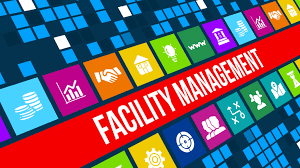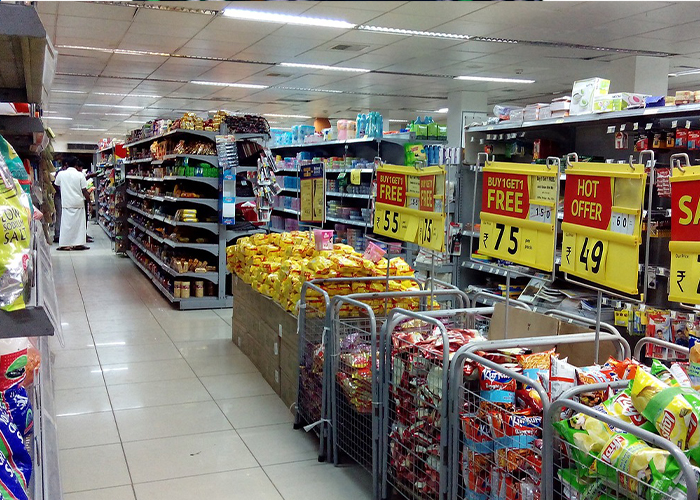Current Trends In Facility Management (FM) Are Using AI to Create the Smart Buildings of the Future
Facility management is a complex and challenging field, but it is also a vital one.
- Facility managers play a key role in ensuring the smooth operation of organizations and the well-being of their employees.
- As technology continues to evolve, facility managers will need to embrace new technologies and adapt to changing trends in order to be successful.
Facility management,FM,Hard FM,Soft FM,Space
Current Trends In Facility Managemen (FM)t Are Using AI to Create the Smart Buildings of the Future
Facility management (FM)
What is facility management?
Facility management (FM) is a professional management discipline focused on the efficient and effective delivery of logistics and other support services related to real property and buildings. It encompasses multiple disciplines to ensure functionality, comfort, safety and efficiency of the built environment by integrating people, place, process and technology.
What are the different types of facility management?
There are two main types of facility management:
- Hard FM: This deals with the physical assets of a facility, such as buildings, infrastructure, and equipment.
- Soft FM: This focuses on the people and services that support the operation of a facility, such as cleaning, security, and catering.
What are the benefits of facility management?
Facility management can provide a number of benefits to organizations, including:
- Reduced costs: Facility managers can help to reduce costs by optimizing energy consumption, reducing maintenance costs, and negotiating better deals with suppliers.
- Improved efficiency: Facility managers can help to improve efficiency by streamlining processes and systems, and by creating a more productive work environment for employees.
- Enhanced compliance: Facility managers can help organizations to comply with all relevant laws and regulations, such as health and safety regulations, and building codes.
- Improved sustainability: Facility managers can help organizations to improve their sustainability performance by reducing energy consumption, waste production, and water usage.
What are the key components of facility management?
The key components of facility management include:
- Space management: This involves planning, designing, and managing the use of space within a building or facility.
- Maintenance and operations: This involves ensuring that all systems and equipment are working properly and that the facility is clean and safe.
- Energy management: This involves developing and implementing strategies to reduce energy consumption and costs.
- Occupancy and employee experience: This involves creating a comfortable and productive work environment for employees.
- Emergency management and business continuity: This involves developing and implementing plans to respond to emergencies and ensure that the facility can continue to operate during a disruption.
- Real estate management: This involves managing the acquisition, leasing, and disposition of real estate assets.
What are the challenges of facility management?
Facility managers face a number of challenges, including:
- Budget constraints: Facility managers often have to operate on tight budgets, which can make it difficult to maintain and improve facilities.
- Changing needs: The needs of organizations can change rapidly, which can make it challenging for facility managers to keep up.
- Regulatory compliance: Facility managers have to ensure that their facilities comply with all relevant laws and regulations.
- Sustainability: Facility managers are increasingly under pressure to reduce the environmental impact of their facilities.
How is technology changing facility management?
Technology is having a major impact on facility management. New technologies such as building automation systems, sensor-based monitoring systems, and artificial intelligence (AI) are helping facility managers to improve efficiency, reduce costs, and improve sustainability.
What are the future trends in facility management?
Some of the key future trends in facility management include:
- The rise of smart buildings: Smart buildings are buildings that use technology to automate and optimize their operations. This can help to improve efficiency and sustainability.
- The use of data analytics: Facility managers are increasingly using data analytics to make better decisions about the operation and maintenance of their facilities.
- The focus on employee experience: Facility managers are placing a greater focus on creating a positive employee experience. This can be done by providing employees with comfortable and productive workspaces, and by offering amenities and services that improve their quality of life.
More detailed look at each of the key components of facility management:
Space management
Space management is the process of planning, designing, and managing the use of space within a building or facility. This includes understanding the needs of the people who will be using the space, and designing a layout that is both efficient and functional. Space managers also need to consider how the space will be used in the future, and make sure that it is flexible enough to adapt to changing needs.
Maintenance and operations
Maintenance and operations is the process of ensuring that all systems and equipment in a facility are working properly and that the facility is clean and safe.
End of Conclusion
Facility management is a complex and challenging field, but it is also a vital one. Facility managers play a key role in ensuring the smooth operation of organizations and the well-being of their employees. As technology continues to evolve, facility managers will need to embrace new technologies and adapt to changing trends in order to be successful.
Writer
Devraj Gorai

























